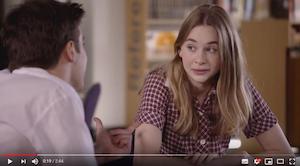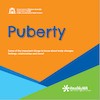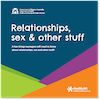
Teaching tip: A group agreement must be established before any RSE program begins to ensure a safe learning environment. Read: Essential tool Establishing a group agreement for tips on how to create one and what to include..
- Revise or create the class group agreement.







